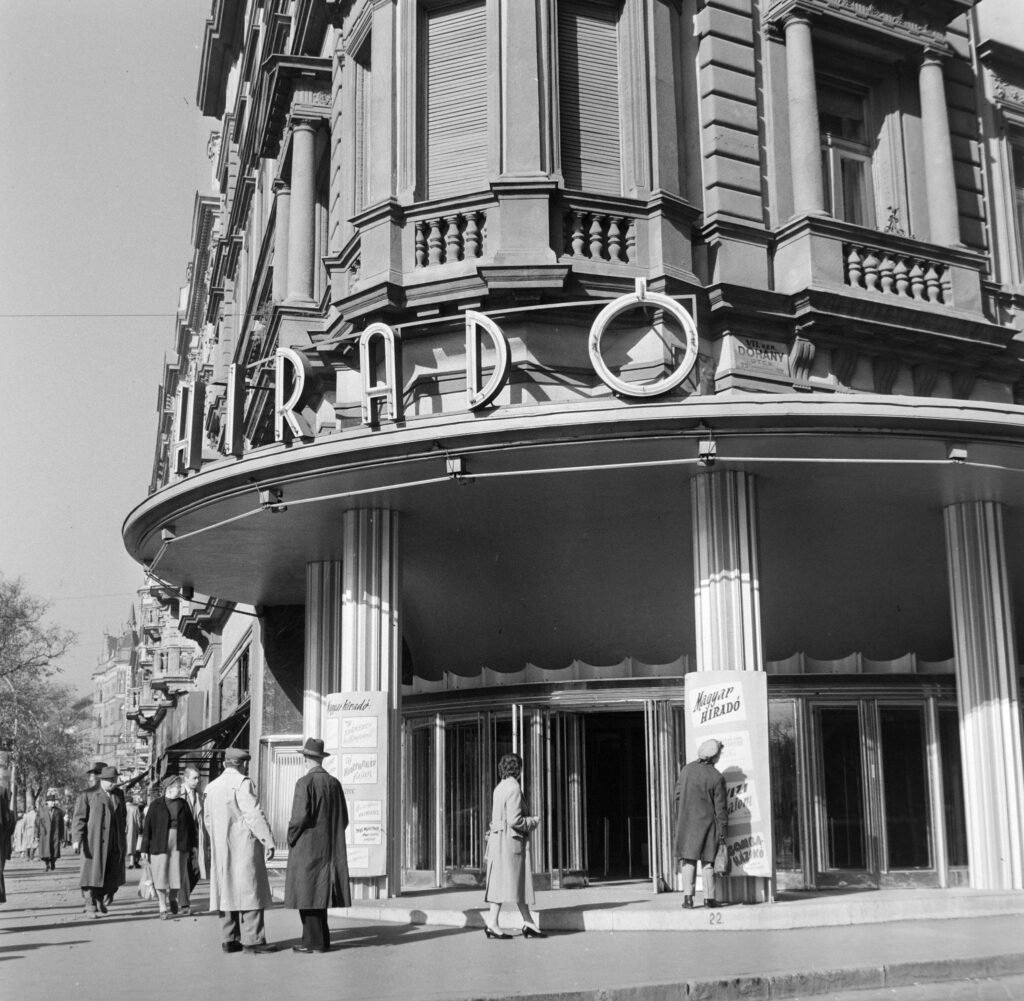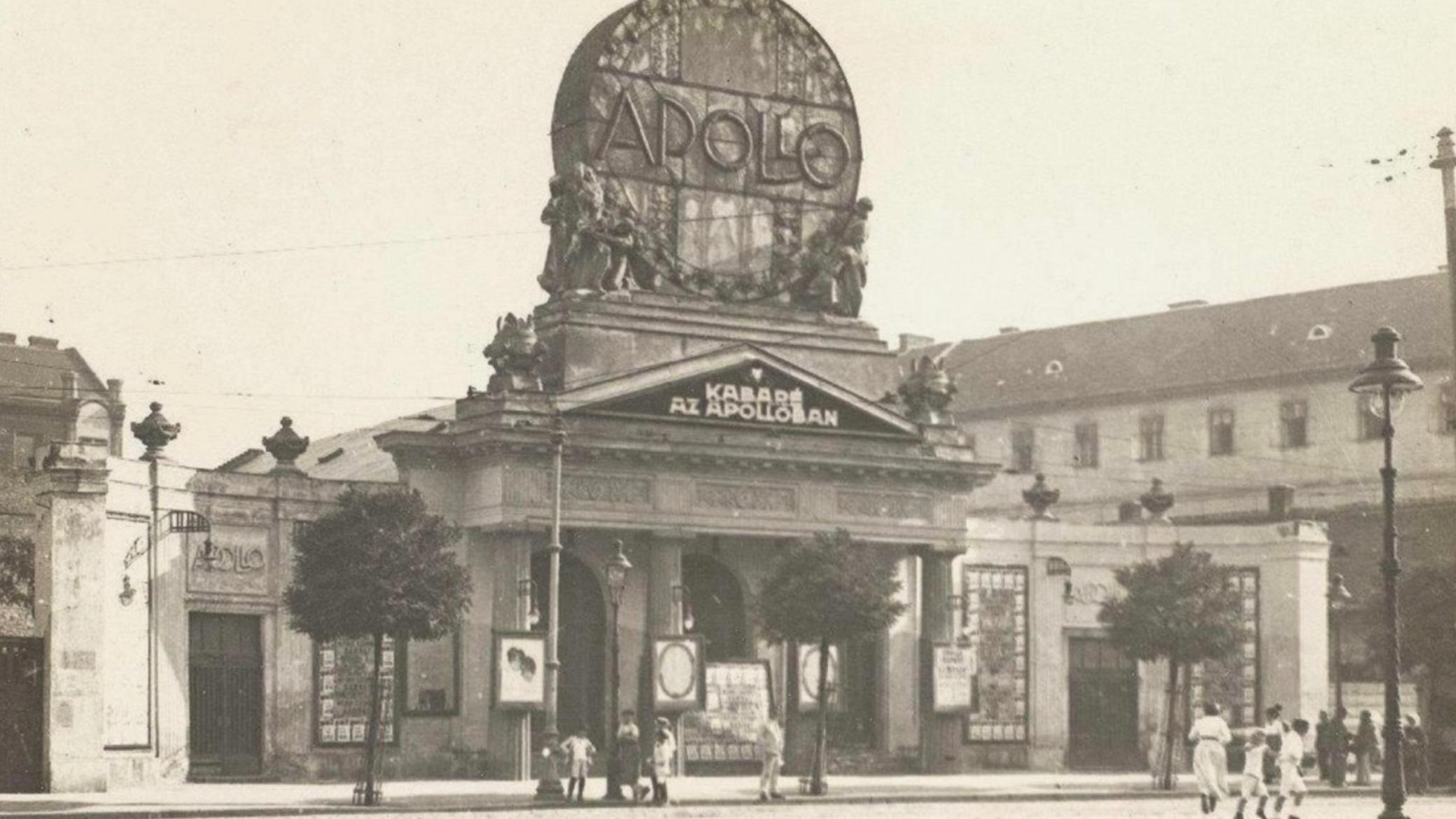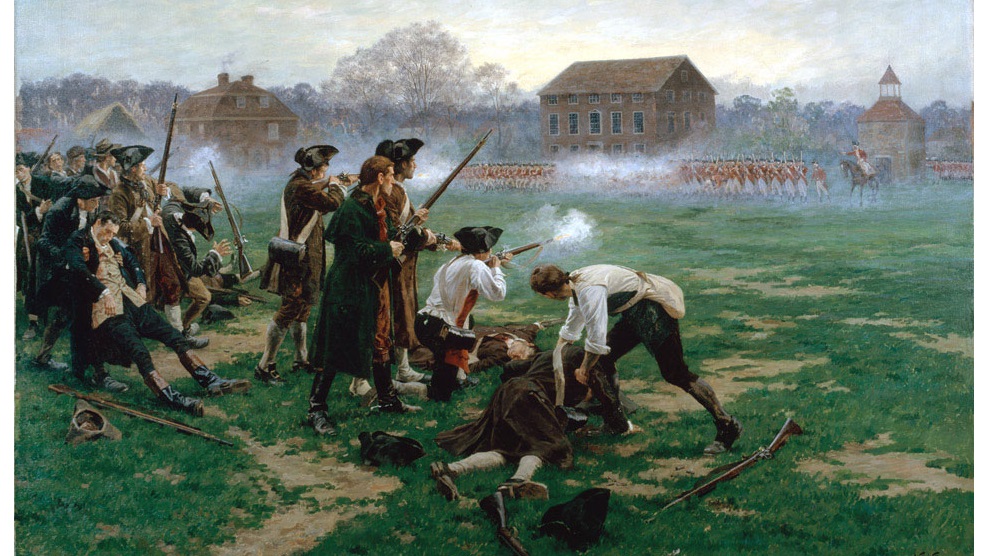There is nothing like seeking refuge from the summer heat in a cool cinema! But if you live in Budapest, beware: choosing what you fancy to see from the wide array of films on offer can be as sweaty an experience as running around Margaret Island in the midday sun—because walking the streets of the Hungarian capital we bump into cinemas everywhere. However surprising it may sound, the history of Budapest’s film theatres is so exciting it would be worth a feature film. Check out the following nine facts to find out for yourself!
1. The first cinema theatre in Budapest opened shortly after the one in Paris. After the screening of the world’s first moving pictures with a Lumière Cinématographe in Paris in the last days of 1895, Budapest audiences had to wait just four months for their first cinema experience. After an open-air screening on Váci Street in April 1896, the first cinema was not long in coming as well: in June, the Ikonográf (Iconograph) on Andrássy Avenue, converted from a hat shop, became the first permanent cinema awaiting visitors every day.
2. After a scandalous beheading, the future of cinemas did not look bright. The Ikonográf, despite its enthusiastic start, ran for barely a month: legend has it that a clumsy shot showed Emperor Franz Joseph without a head, and outraged viewers not only abandoned the screening immediately but also turned their backs on the genre for a long time. The wooden benches of shops and the tent cinemas that started popping up like mushrooms mostly attracted the residents of ‘Chicago’ (the infamous area behind Keleti Railway Station) rather than the lace-gloved audiences expected by the businessmen who ran them.
3. The Hungarian word for cinema, ‘mozi’, is unique worldwide. Motion picture projection, or ‘mozgóképvetítés’ in Hungarian, has been widely known as ‘mozi’ since the play Bernát by Jenő Heltai in 1907, in which the nickname was coined from the song Dal a moziról (Song about the Cinema). But why is it so unique? As writer István Nemeskürty pointed out, most languages have christened places where films are shown with an abbreviation of the word cinematography (e.g. cinema, kino). Perhaps the only ‘cognate’ of the mainly American English word ‘movie’ (the movies) is ‘mozi’, which also refers to movement.
4. By 1910, cinemas in Budapest had moved from tents to palaces. Of course, a major factor that prompted the change was the gradual spread of feature films and blockbusters alongside the simple short films presenting everyday spectacles—thus, cinematic experience had finally become an all-night genre in its own right. Instead of mere entertainment,
it was the experience of being culturally entertained that mostly defined the cinema experience.
Tents and uncomfortable, crowded shops were slowly but surely replaced by institutions built from the outset as cinemas, including dazzling cinema palaces such as the 850-seat Apollo in Buda.
5. From the ones with openable roofs to those convertible to bunkers, the cinemas of Budapest in the early 20th century had very specific functions. The biggest luxury was enjoyed by the audience of the time in the Kamara Cinema, which opened on the site of the Hungária Bath, as the owners converted the swimming pool with its opening roof into a cinema projector. The Broadway Cinema, which opened in 1938 (on the site of today’s Belvárosi Theatre, formerly known as the Viktória House), became popular for its underground auditorium, where screenings could continue safely even during the air raids of the Second World War. And the well-known Uránia is legendary not only as a cinema but also as a filming location: the first Hungarian film, Tánc (Dance, 1901), was shot on its roof.
6. ‘Please hurry, the news is on!’ While today those who are a few minutes late for the screening can unhurriedly look for their seats in the dark, safe in the knowledge that they will only miss a few commercials, 70–80 years ago they could have sneaked into their seats only amidst annoyed hisses. Although television slowly entered homes as well, cinemas still played a key role in keeping audiences up to date on world events: for decades from the 1940s onwards, newsreels were compulsory before feature films. Those who were only interested in the news, of course, did not need to buy a ticket for the latest film hit—in the Híradó (News) Cinema on Erzsébet Boulevard and the Buda Newsreel they could easily find out about the latest (or, to be more precise, the week before) events.

7. Europe’s smallest cinema can be found in Budapest. The 90-seat Cirko-Gejzír Cinema on Balassi Bálint Street has been providing unique film experiences and a family atmosphere since 1993. For those who have wondered about the mysterious name of the cinema, we have good news: the cinema’s manager, Péter Balassa, revealed the secret in a 2008 interview in the weekly Élet és Irodalom (Life and Literature). By his own admission, one of the most important tasks before the opening of the cinema’s original venue, the Lőrinc pap Square premises, was to repair the Circo Geyser model boiler (which translates into Hungarian as cirkó, Hungarian to denote a gas device for central heating, and gejzír for geyser), which supplied the heating and hot water in the building.
8. Confusing choice today? There was a time when there were 371 cinemas in Budapest! That particular time was the year 1956 when the record was set. But not long before, in the first years of the Communist takeover, almost a quarter of Budapest’s cinemas had closed, as the war had reduced both the number of films arriving and cinema attendance, and from 1949 until the 1960s, presenting Western films was also banned.
Later, cinema was designated the primary vehicle of informing and propagandizing the working-class by the Communists.
They tried to make it as widely available as possible, and the result was that 371 cinemas were built. Of course, it is not that four hundred multiplex-sized cinemas stood on every corner of the city—the count also considered smaller screens in workers’ homes and community centres. In the communist era, the best way to describe the cinema selection in Budapest was ‘fluctuating’: two years later, in 1958, there was already a ‘shortage’ of cinemas in the capital.
9. Going to the cinema in the capital is like choosing between the red and blue pill in The Matrix. At first glance, today’s cinema culture in Budapest seems very bipolar. There appears to be a tension between those who believe that traditional screening venues are long out of date and those who doubt whether a multiplex experience can be called cinema at all. One thing is certain: the story of Budapest’s cinema culture continues to unfold every day, and the main protagonists are us, cinema lovers. Let’s take those pills and swallow them both! As long as we are equally curious about a superhero movie in IMAX and, let’s say, the grotesque comedy of a first-time director in the art cinema on the corner, the two worlds of the capital’s cinema universe can coexist peacefully—both financially and culturally. Hail the open-minded cinema experience for all!
Related articles:
Click here to read the original article.








